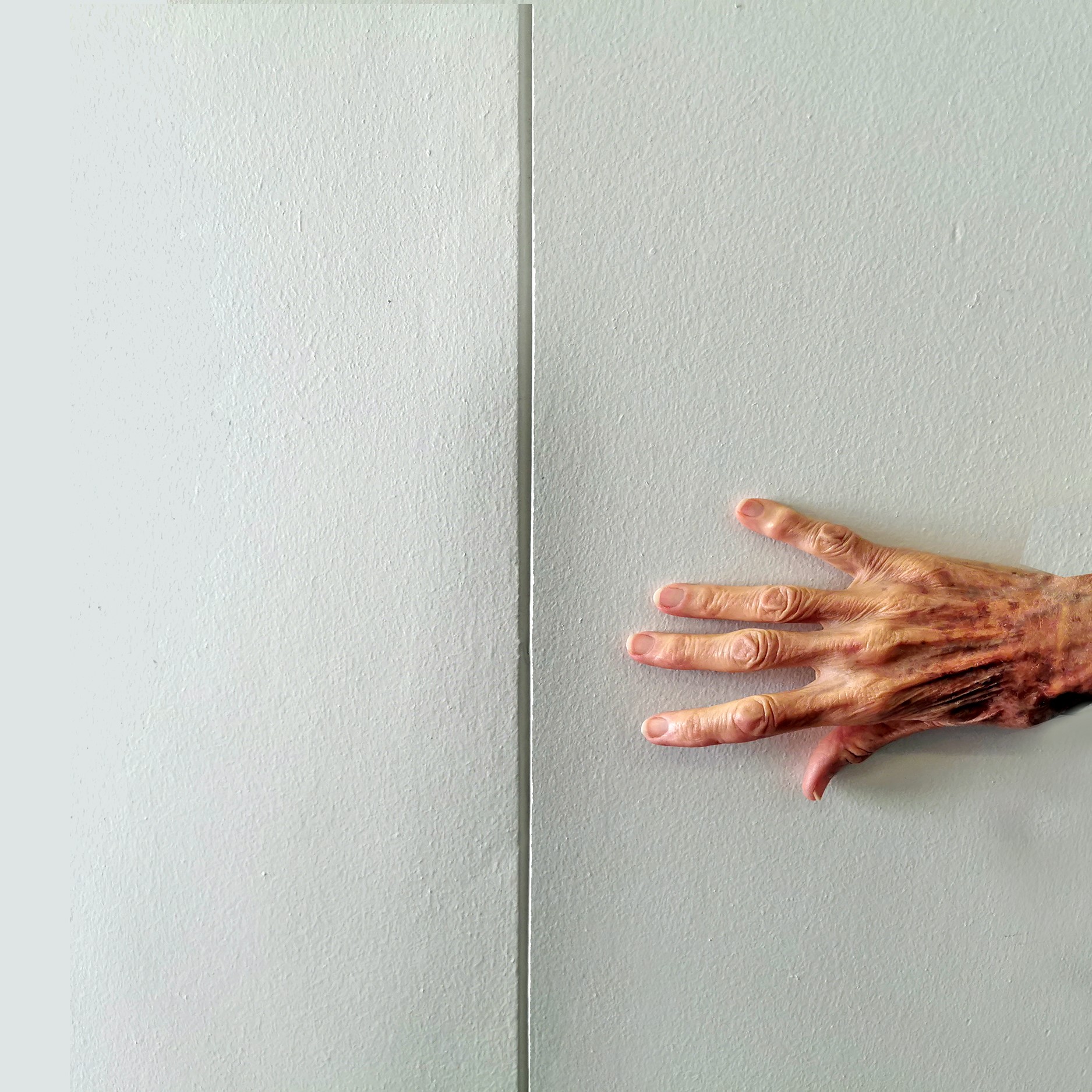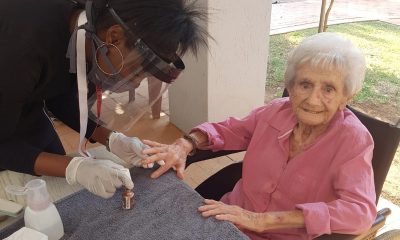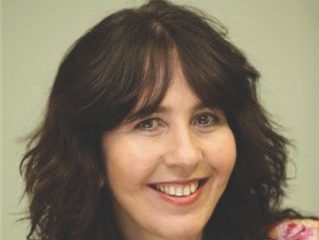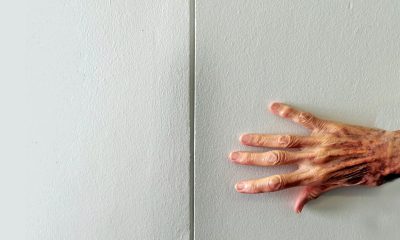
Banner

High death rate reflects an ageing community
The South African Jewish community has had an unprecedented number of COVID-19-related deaths, with a fatality rate higher than that of the United States and the United Kingdom. However, while it appears to be 11 times higher than the reported COVID-19 fatality rate in South Africa, it’s due to the aged nature of our community.
In fact, the average age of those in our community who died was 82.7. The youngest COVID-19 fatality was 47, and the oldest 101. Thirty-nine percent were female, and 61% male. Seventy-one percent of all COVID deaths in Johannesburg so far occurred in July.
“To date, about 106 Jews are understood to have died from COVID-19, which would extrapolate to a figure of 2 038 per million [using the published estimate of 52 000 Jews in South Africa from the Kaplan Centre Jewish Community Survey of South Africa 2019],” says Professor Barry Schoub, emeritus professor in virology at the University of the Witwatersrand, and former founder and director of the National Institute for Communicable Diseases (NICD). “This figure is greatly in excess of the 179 deaths per million for South Africa, 502 per million for the US, and 685 per million for the UK.”
Jews, therefore, make up 1% of COVID-19 fatalities in South Africa, even though they are 0.09% of the population. If aligned to reported national statistics, the Jewish community should have only nine deaths.
However, the high death rate could have been much worse if it weren’t for the organisations, medical professionals, and community members working together to save lives.
Dr Daniel Israel, a general practitioner in Johannesburg, says, “There has definitely been a symbiosis between these three elements, with patients being aware of asking for medical attention, as well as many community members being socially responsible, organisations like Hatzolah treating and assisting patients, and doctors engaging intensively with both. We have done well because of our structures, and because of identifying deterioration quicker. There is no doubt that if our small community didn’t have these elements, the numbers would have been much higher.”
Professor Lucille Blumberg, the deputy director of the NICD, agrees. “The Chevrah Kadisha has been amazing in preparing its care homes for COVID-19, and when they had outbreaks, it responded quickly to contain them. We also saw this in Cape Town and Pretoria. Hatzolah must be commended for its active and aggressive home-support programme, monitoring deterioration, and quick provision of oxygen. General practitioners have played a key role, and the community has come together, making sacrifices like closing shuls and supporting each other.”
According to Chevrah Kadisha officials around the country, Jewish COVID-19 fatalities include 68 in Johannesburg, 27 in Cape Town, four in Durban, and seven in Pretoria. Records are meticulously kept because of the Chevrah Kadisha protocols implemented if the deceased is COVID-19 positive.
“The higher death rate is almost certainly a reflection of the age distribution in the Jewish population of South Africa. The median age for the general South African population is 26.4 years, against 45 years for the Jewish population in the country,” says Schoub. “In addition, only 6% of the South African population is over 65 years of age, while 34% of Johannesburg Jews, 46% of Cape Town Jews, and 58% of Durban Jews are over 60 years, according to the Kaplan Centre survey. Studies have universally demonstrated older age to be one of the risk factors for a severe outcome in COVID-19 disease.”
“One cannot compare the death rate in the Jewish community to the death rate in South Africa,” says Chevrah Kadisha Chief Executive Saul Tomson. “In general, as a result of health, education, medical aid, lifestyle, and communal organisations, I would expect that the Jewish community has a life expectancy in the mid-80s, and broader South Africa is about 63. We also have a higher proportion of elderly people in our community due to emigration.”
He says the Chevrah Kadisha and actuaries are running an excess mortality study, “and over time, we hope to gain a better understanding of the data and how our community has been affected”.
Jeffrey Dorfman, associate professor in medical virology at Stellenbosch University, says, “This [high fatality rate] seems surprising considering that we have spent a lot of time in lockdown, and even when that was relaxed, many of the activities that facilitated spread were curtailed, particularly communal davening.
“However, once COVID-19 was with us, the higher rates may have been hard to stop. It does seem that to keep our death rates as low as the general population, we, as a whole, would have needed to be more careful, particularly in Johannesburg. It’s concerning that these deaths have come up so strongly relatively early in Gauteng’s first wave. These revelations should also result in great caution when considering re-opening communal activities, particularly in Gauteng.”
Almost all Jewish communities report disproportionately high COVID-19 death rates, although South African Jewry’s rate is higher than some of these. For example, Britain’s Jewish community of 264 000 people, which comprises about 0.5% of its population, has lost about 458 Jews. This is two and a half times the COVID-19 death rate of the British population, which has the third highest COVID-19 death rate in the world. But it’s still lower than South African Jewry’s fatality rate, equivalent to 90 Jews having died of COVID-19 in South Africa. France’s 500 000 Jews, the largest Jewish community in Europe, has experienced a similar ratio of COVID-19 deaths to South Africa, with about 1 300 deaths.
The first death in Cape Town was on 28 March, and in Johannesburg on 28 April. “In July alone,” Tomson says, “we conducted 110 burials, of which 44% were COVID-positive. This is more than double a regular July, and is an increase of 129% compared to the average over the past five years, which is 48 deaths. It is, in fact, the highest number of deaths since our digital record-keeping began in January 1994.
“In spite of a massive increase in deaths in Johannesburg in July, the staff and volunteers of the Chevrah Kadisha’s burial services maintained the highest levels of compassionate service,” he says. “At times, we had three teams working through the night ensuring the rapid collection of the meis [deceased] from homes and hospitals. Our mitaskim [the staff who collect the bodies] wore personal protective equipment for every collection to ensure their safety.
“Burials were conducted without delay [as per Jewish law], in spite of the immense pressure this put on our staff. They worked around the clock, sometimes having eight funerals a day. At this time, we recognise the tragedy of many family members not being able to attend funerals. This required heightened sensitivity and looking at alternative ways that the families could be included, such as Zoom calls.”
Gary Cohen, a volunteer at the Johannesburg Jewish cemetery, is a gabbai, ensuring a funeral is conducted according to halacha. He says they high number of funerals “really brings home the reality of how deadly this virus is, and how older people have borne the brunt”. Most funerals are tiny, with only close family members present, and often there will be volunteers to make up a minyan. He has only seen two or three funerals fill the full 50-person quotient currently allowed.
He emphasises that everyone from labourers to rabbis have worked to make the experience easier for the families. “The staff at the cemetery has had to literally double their workload, and this period must have taken a massive mental toll. However tired and depleted they are, they still show exceptional compassion towards the bereaved families, who may not have had contact with the deceased for several weeks,” Cohen says.
Tomson says that in the months prior to July, there were actually fewer deaths than usual. For example, in May, deaths were 24% lower than the previous five-year average for May. “The result is that although deaths in July were very high, overall deaths from January through July were up by 20% compared to last year, and 25% when compared to the previous five-year average.”
Wendy Kahn, the national director of the South African Jewish Board of Deputies, says, “The COVID-19 death rate in our community is of great concern. We are acutely aware that each fatality is a tragedy for the family, and our hearts go out to all who have been affected. We need to stress the importance of protecting those most vulnerable in our community. While we see a glimmer of hope in the reduction in infections, and our schools and shuls beginning to open, we urge every community member to continue to stay vigilant.”










